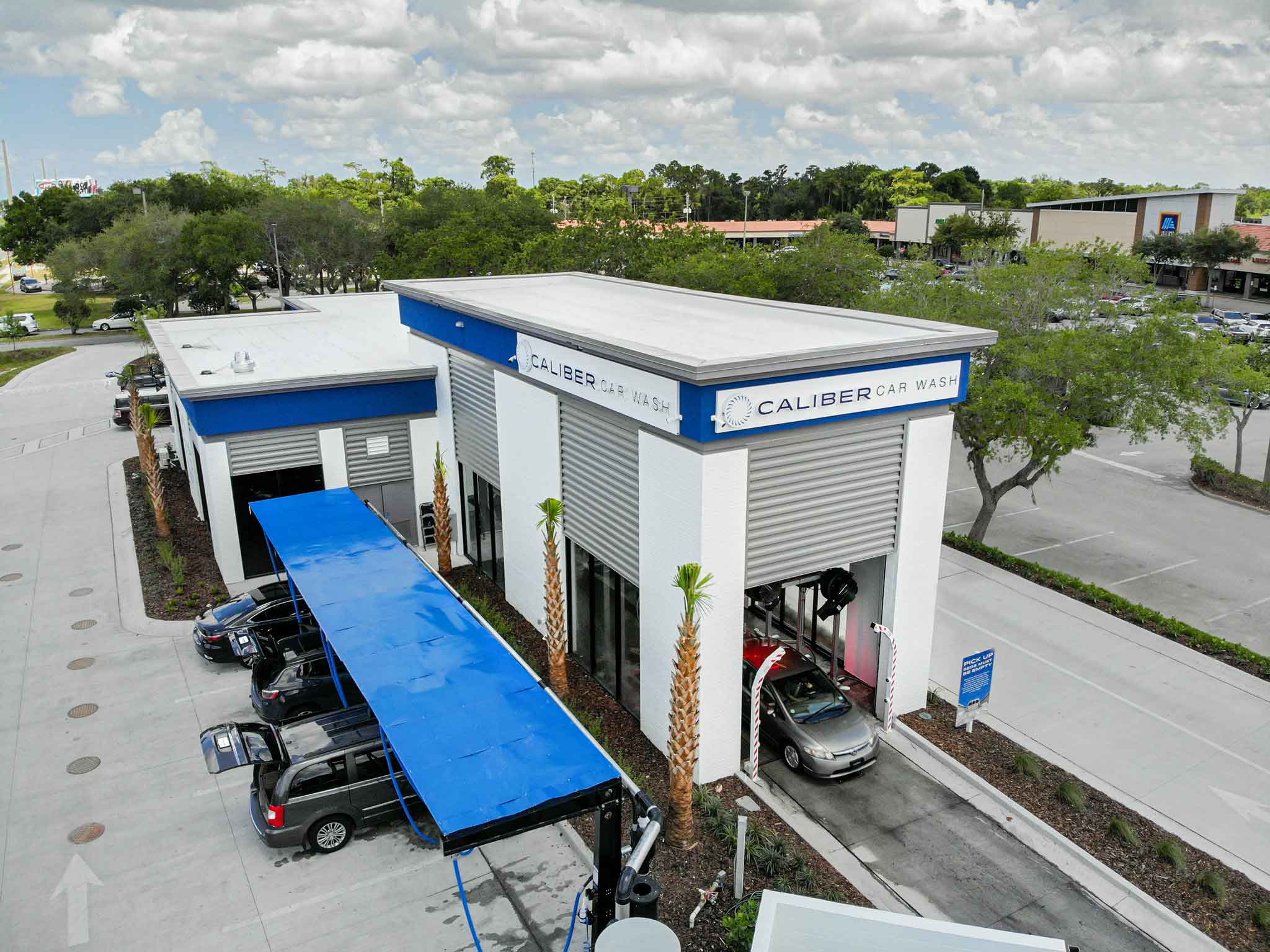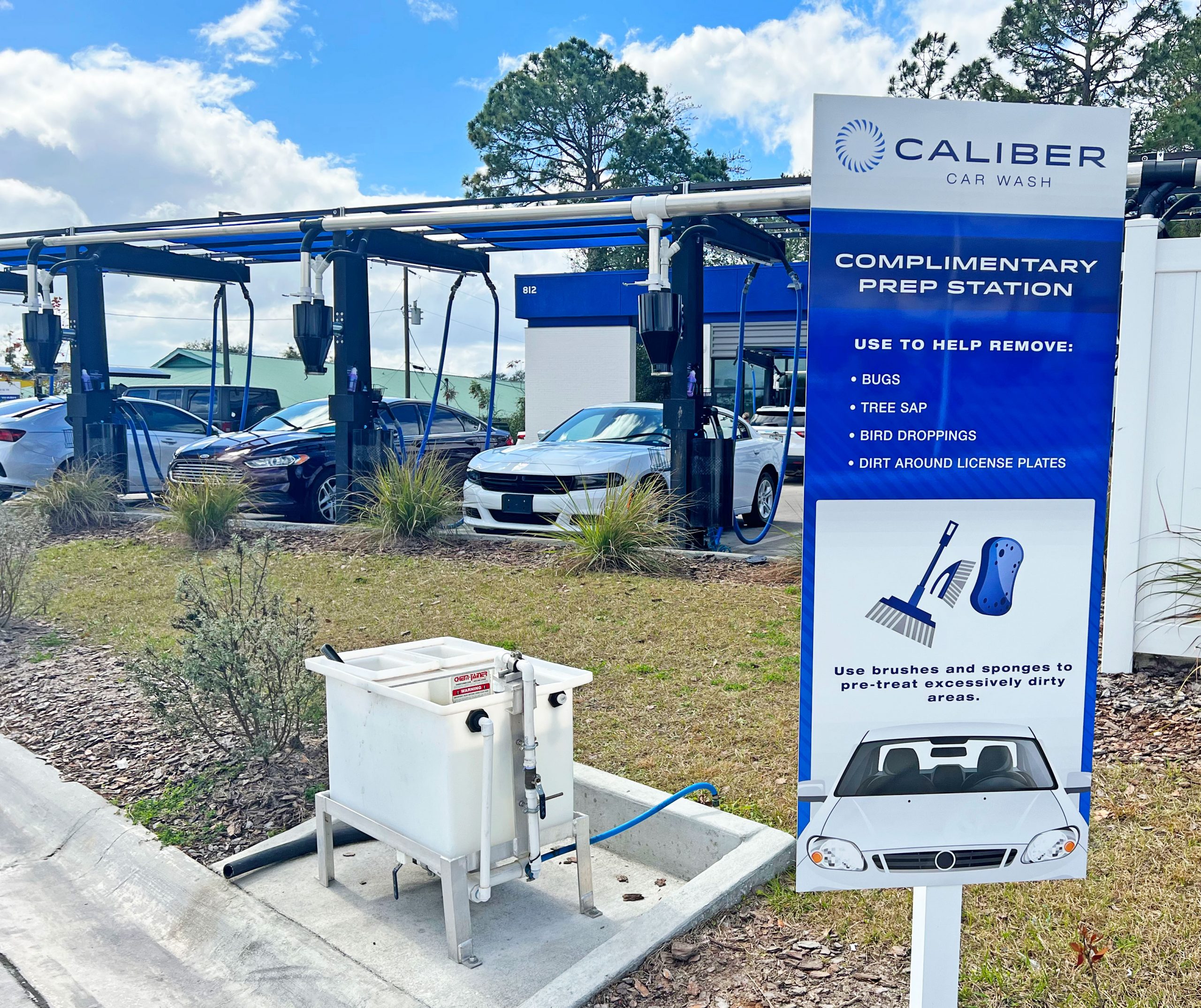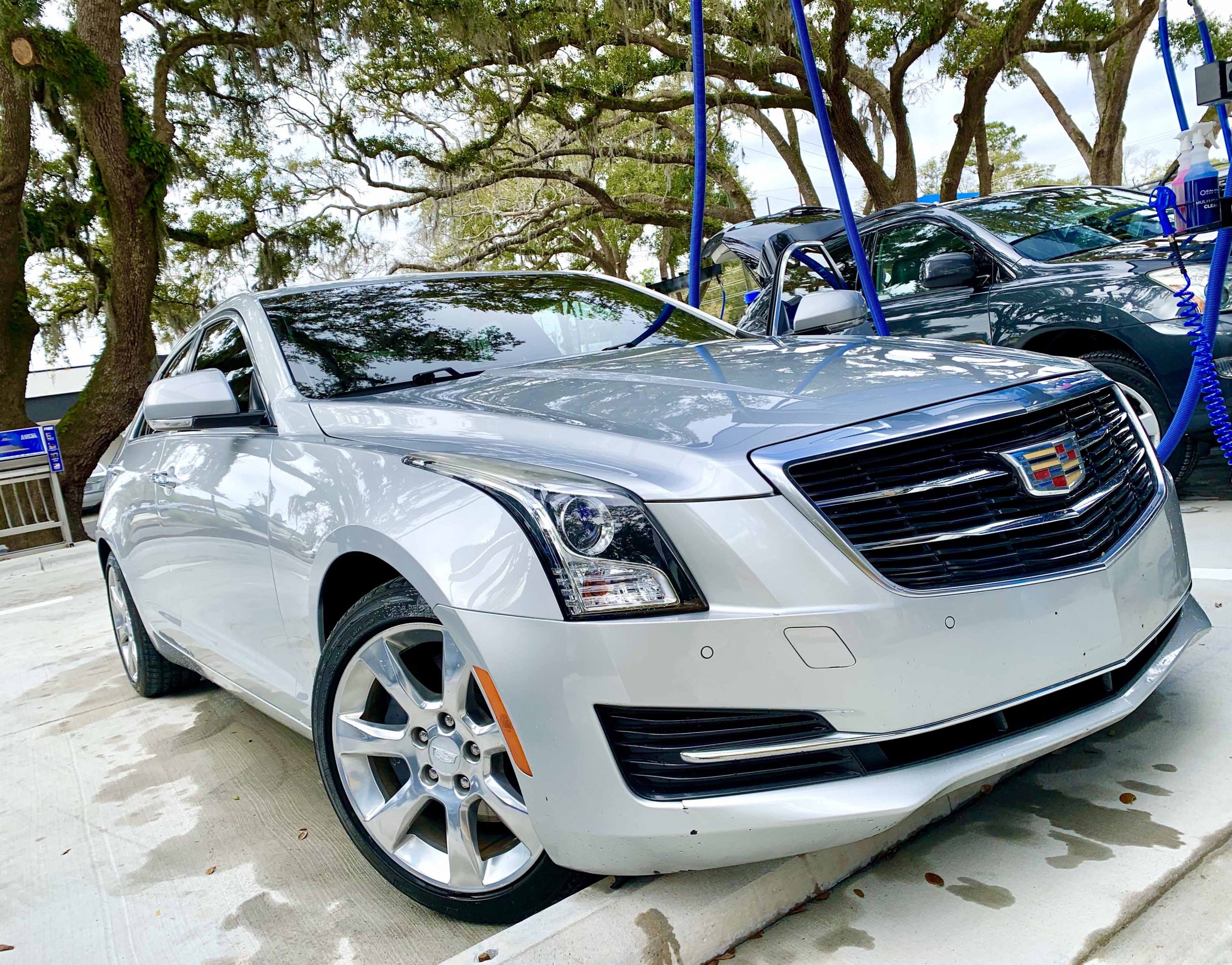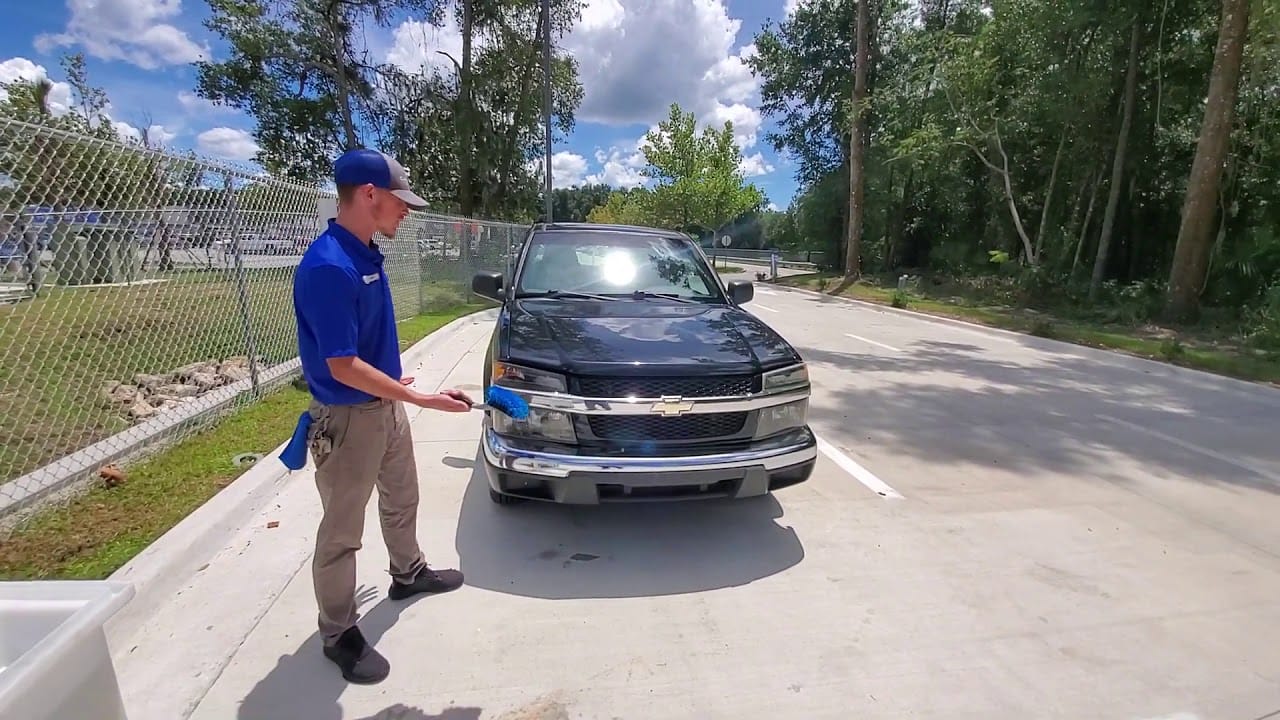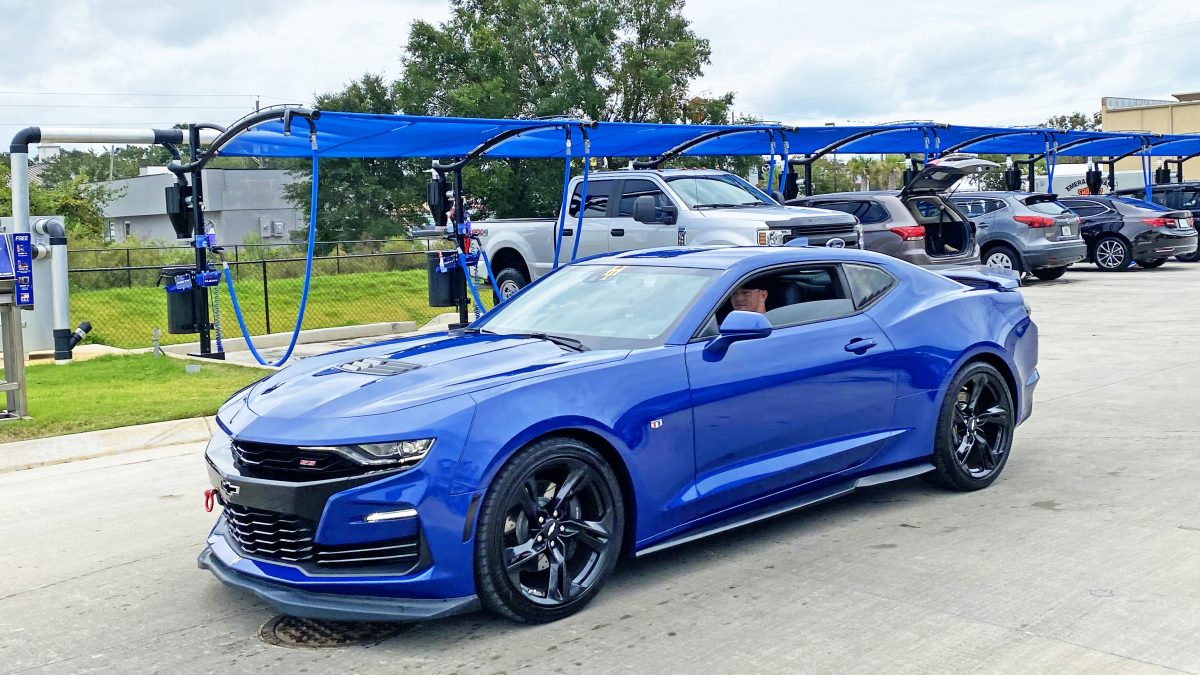As careful as we may try to keep the inside of our car clean, dirt and dust still accumulate. Oil, crumbs, and other substances will stick to the bottom of our shoes and will inevitably track dirt inside of our car and end up on our floor mats. Over time, both rubber and cloth mats will retain dirt, causing discoloration and lack of appeal. Don’t worry though, here’s your go-to guide for cleaning dirty mats!
How Do I Clean Rubber Car Mats?
Rubber mats are the easiest to clean since they are waterproof and do not hide dust and particles. To keep your rubber mats looking their best, follow these easy steps:
Step 1 – Remove Mats From Vehicle
Always begin cleaning your mats by removing them from your vehicle and giving them a good shake to remove loose debris.
Step 2 – Remove Loose Debris
After you give your mats a good shake, vacuum mats on both sides to get rid of any excess dirt and particles. Make sure to vacuum under pedals, seats, and in any other cracks and crevices. And for those hard-to-reach nooks between mat treads and doors, use detailing air to blow away crumbs that don’t shake off.
Step 3 – Wash Mats With Cleaning Solutions
Once your mats are free from dirt, thoroughly saturate mats using a cleaning solution such as Caliber’s multi-purpose cleaner. Avoid using any harsh chemical solutions such as chlorine bleach as this will cause damage. Grab a towel and begin wiping the mat to clean away any build-up or stuck-on dirt.
Step 4 – Rinse Or Wipe Off
Once you have finished scrubbing, take a clean towel to wipe away any residue, and reinstall mats.
How Do I Clean Carpet Car Mats?
Cleaning cloth mats require a little extra work to clean than rubber mats unless you have an automatic mat cleaner handy (don’t worry Caliber customers, we have you covered).
If you’re visiting Caliber, cleaning carpet mats are as easy as one, two, three.
- Step 1 – Locate the complimentary mat cleaner located near the vacuum booms.
- Step 2 – Place your mat facedown on the silver tray.
- Step 3 – Hit the “start button” and wait less than 15 seconds for your vacuumed mat to appear. Feel free to hit “stop” when you’re done or walk away and the cleaner will turn off.
It’s as easy as that!
Of course, we understand that you may not always be able to visit a Caliber for that quick mat clean, so here’s an effective way to clean carpeted floor mats at home:
Step 1 – Remove Mats From Vehicle
Similar to cleaning rubber mats, begin by removing your carpet mats from your vehicle to shake off loose debris.
Step 2 – Remove Loose Debris
After shaking mats, vacuum both sides of your mats to eliminate excess dirt, dust, and any other disguising particles. Be sure to vacuum under pedals, under and around seats, and any other areas that need vacuuming.
Step 3 – Wash Mats With Cleaning Solution
Apply a cleaning solution such as carpet cleaner or detergent onto mats saturating them evenly. Using a brush or towel, scrub mats to agitate dirt. For tougher stains in mats, allow the cleaner to sit for additional time, then scrub away.
Step 4 – Vacuum Mats
Vacuum your mats again, as this will help suction up traces of cleaner and leftover dirt particles from the mats. Once this is completed, allow mats to dry thoroughly. Do not put them back in your car until they are completely dry, as they will cause a damp smell.
If your mat has rips or tears, consider hand-washing to prevent more damage.
No matter how you choose to clean your mats, be sure to do them frequently. Keeping your car mats clean makes your car feel and fresher.
If you have more mat cleaning tips, feel free to tag us online at #CaliberClean. We hope to see you soon!

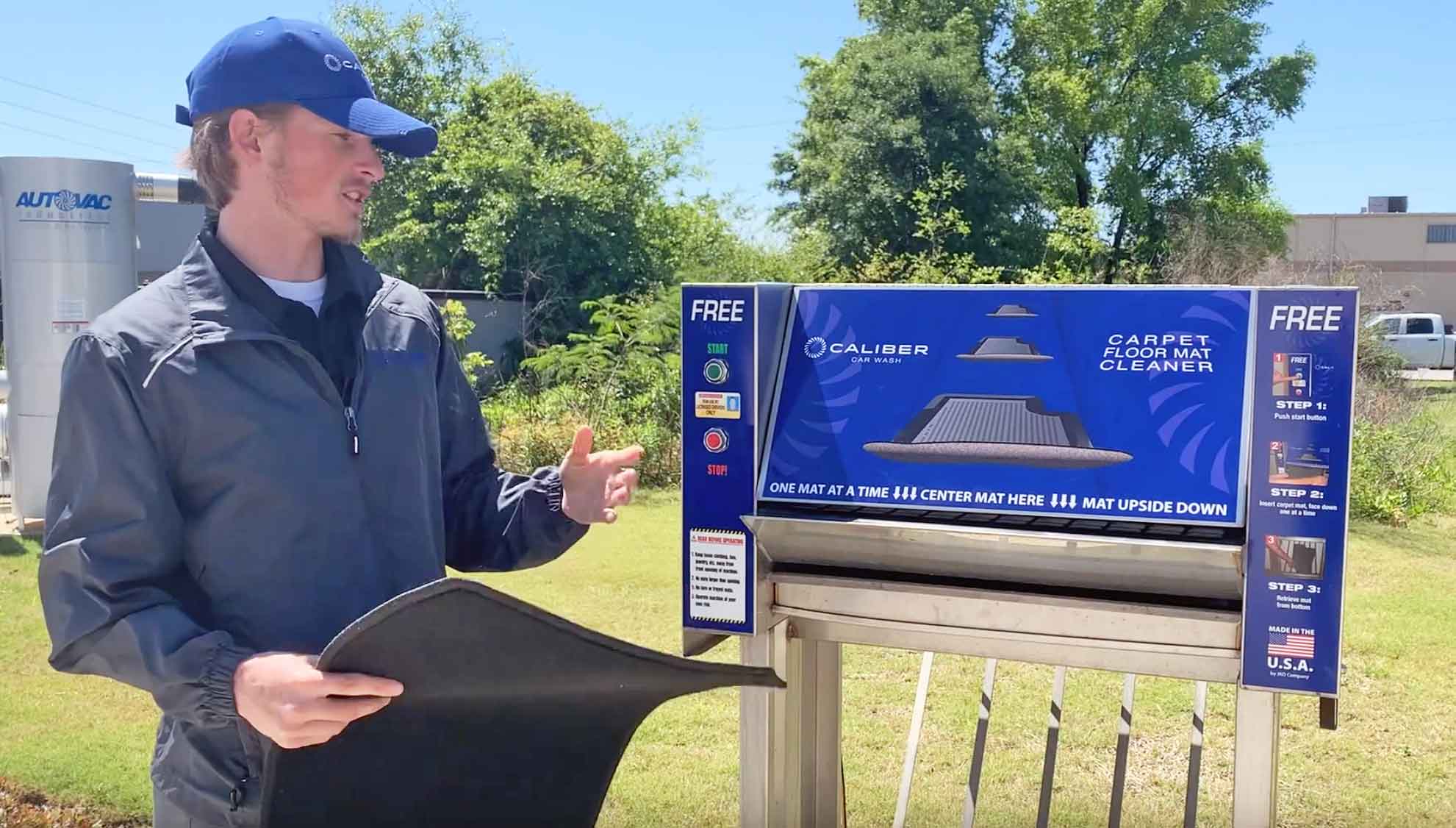

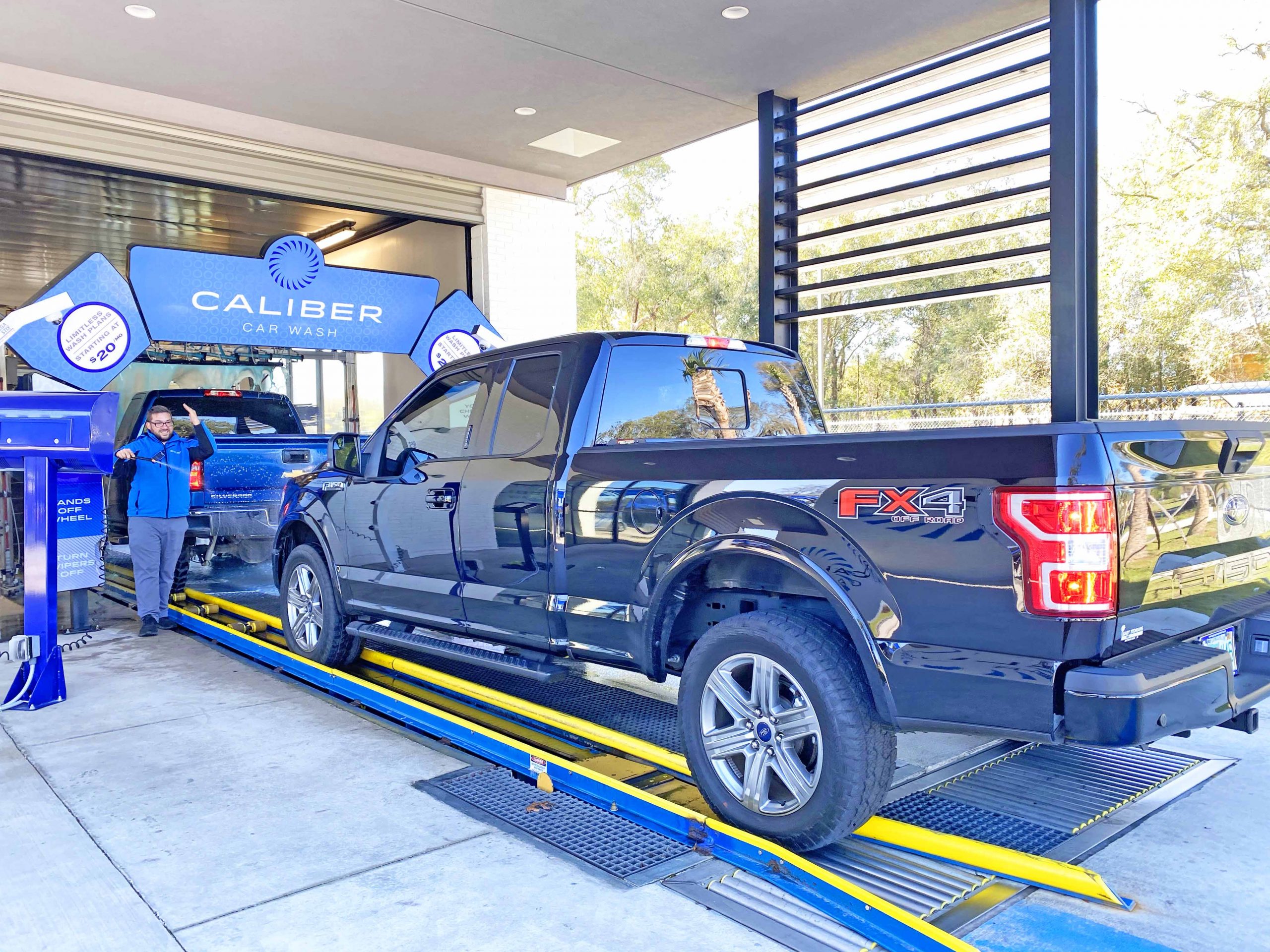
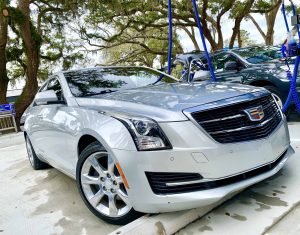 Maintaining a shiny car doesn’t have to involve a ton of work. From ceramic coatings to tire shine, here are three ways to make your car shine while protecting your auto investment!
Maintaining a shiny car doesn’t have to involve a ton of work. From ceramic coatings to tire shine, here are three ways to make your car shine while protecting your auto investment!